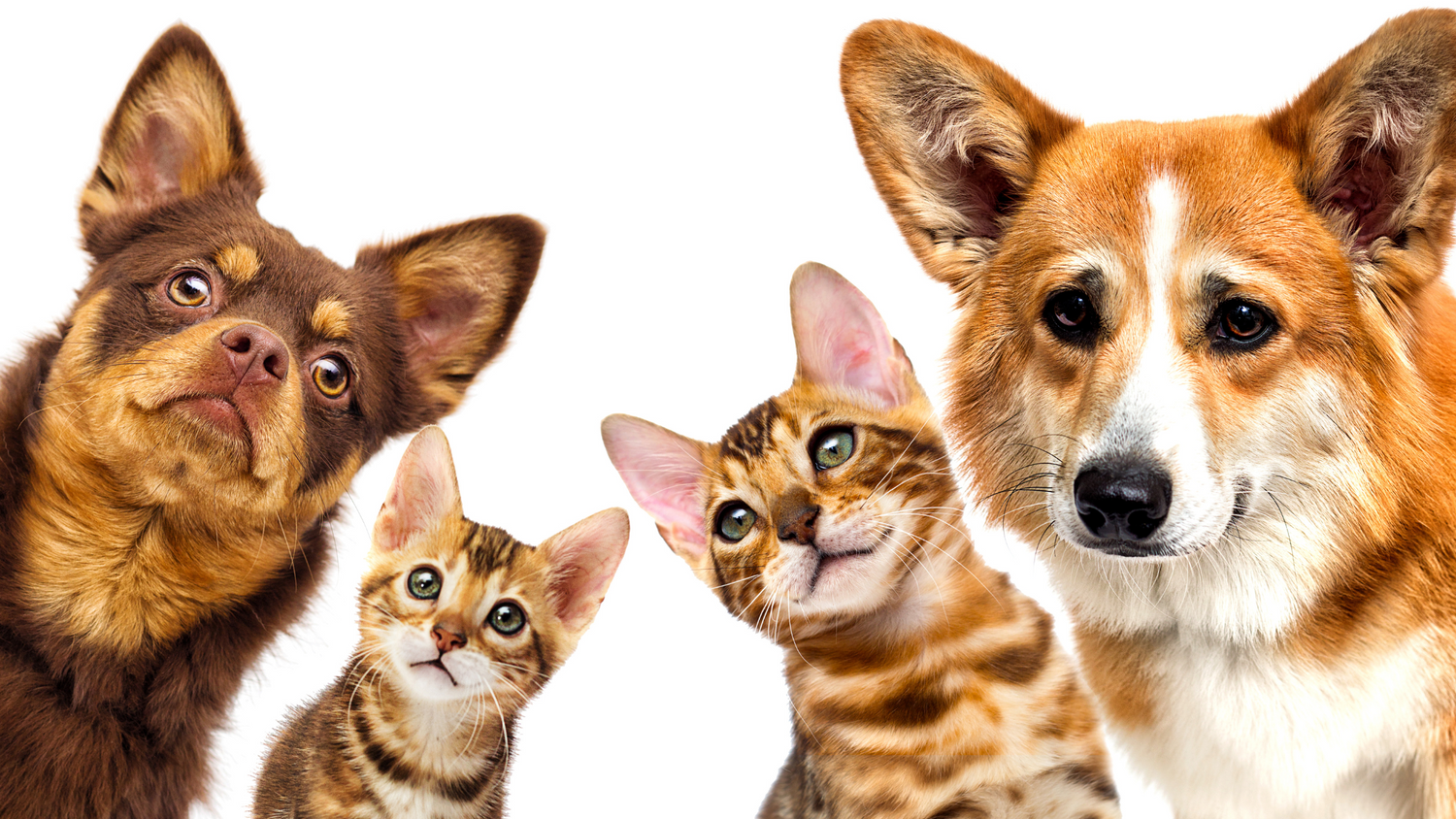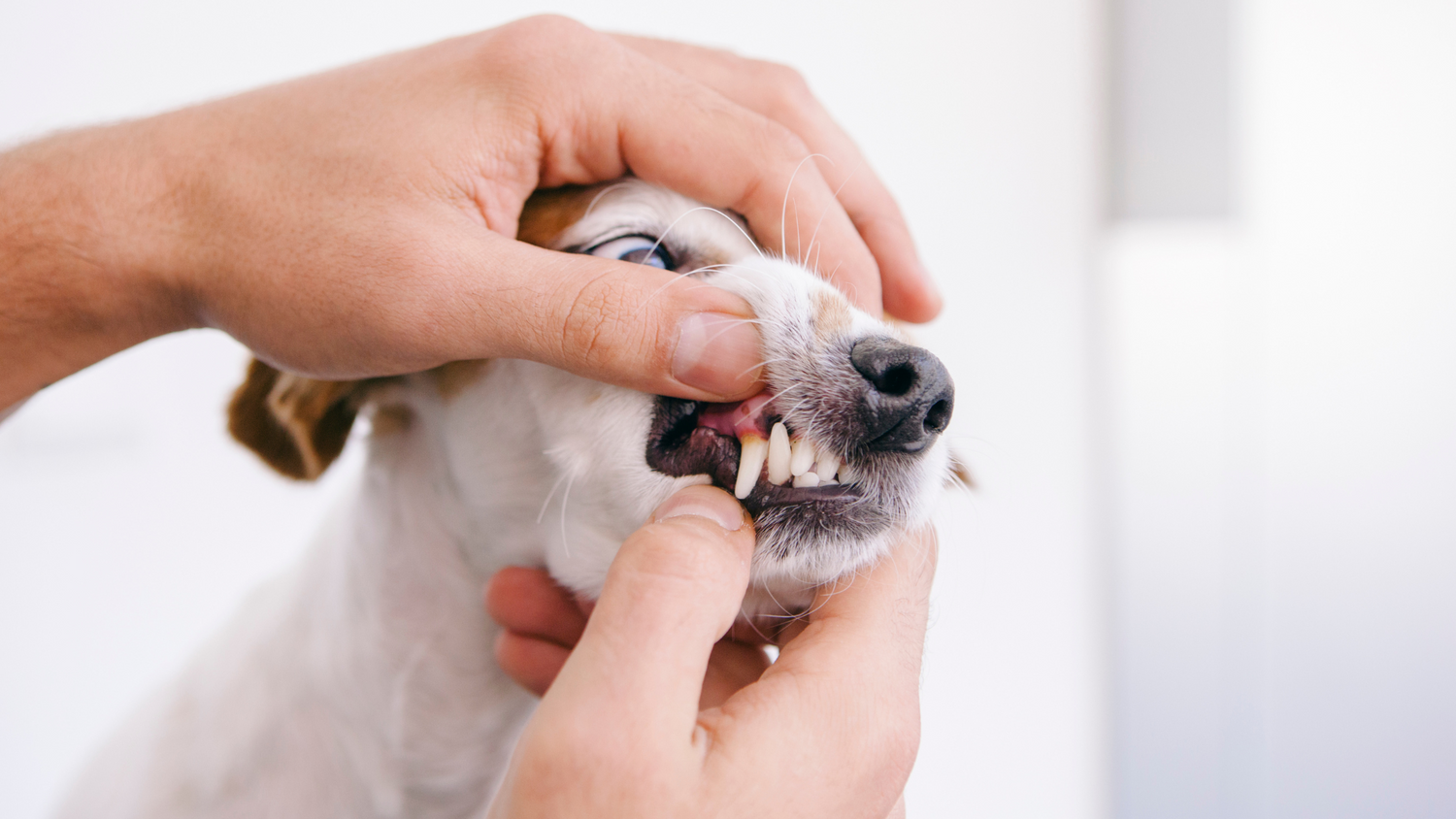Most people have house plants in their home, they make a space come alive, but did you know some of the most common house plants are actually toxic to your dog? As dog owners, it is crucial to be aware what plants are toxic, so we can make informed decisions. Here are some of the most common household plants that can be toxic to your furry friend.
Sago Palm (Cycas revoluta):

The elegant Sago Palm, with its attractive fronds, is a popular choice for indoor decoration. However, all parts of this plant, including the leaves, stems, and seeds, contain cycasin—a toxin that can cause severe liver failure in dogs. Ingestion may lead to symptoms such as vomiting, diarrhoea, abdominal pain, and even death if left untreated.
Aloe Vera:

Known for its medicinal properties, Aloe Vera is a common household plant. While its gel is safe for dogs, the outer leaves and the sap contain anthraquinones, which can cause gastrointestinal upset, diarrhoea, and tremors if ingested by dogs. It is essential to keep Aloe Vera plants out of your dog's reach.
Dumb Cane (Dieffenbachia):

With its striking variegated leaves, Dieffenbachia is a popular choice for indoor greenery. However, this plant contains needle-like calcium oxalate crystals, which can cause severe oral irritation, drooling, and difficulty swallowing if chewed by dogs. Keep Dieffenbachia plants away from curious canines to prevent any mishaps.
Pothos:

Pothos plants are a great low maintenance house plant, but are not the best choice for dog owners. Ingesting any part of this plant, including the leaves and stems, can lead to irritation of the mouth and digestive tract, resulting in vomiting, diarrhoea, and oral swelling. Make sure to keep Pothos plants well out of your dog's reach.
Snake Plant (Sansevieria):

Snake Plants, also known as Mother-in-law's tongue, are renowned for their air-purifying properties and hardiness. However, they contain saponins, which can cause digestive upset, drooling, and occasionally, mild respiratory distress if chewed by dogs.
Elephant Ear (Colocasia and Alocasia):

Elephant Ear plants, including species from the Colocasia and Alocasia genus, are known for their large, distinctive leaves that resemble elephant ears. While these plants can add a tropical touch to your indoor space, it's important to note that they contain calcium oxalate crystals. Ingesting any part of the plant, especially the leaves, can lead to severe oral irritation, excessive drooling, and difficulty swallowing. Symptoms may also include vomiting and diarrhoea.
Taking precautions and being aware of the common house plants toxic to dogs is essential for maintaining a safe and pet-friendly environment. While house plants offer numerous benefits, it's crucial to prioritise the well-being of our canine companions by keeping them away from harmful plants. If you do have any of these in your home, remember to keep them out of reach, or choose non-toxic alternatives. If you suspect your dog has ingested a toxic plant or is showing concerning symptoms, consult your veterinarian promptly. With responsible plant care and dog-proofing, you can ensure a harmonious living space for both you and your four-legged friend.





